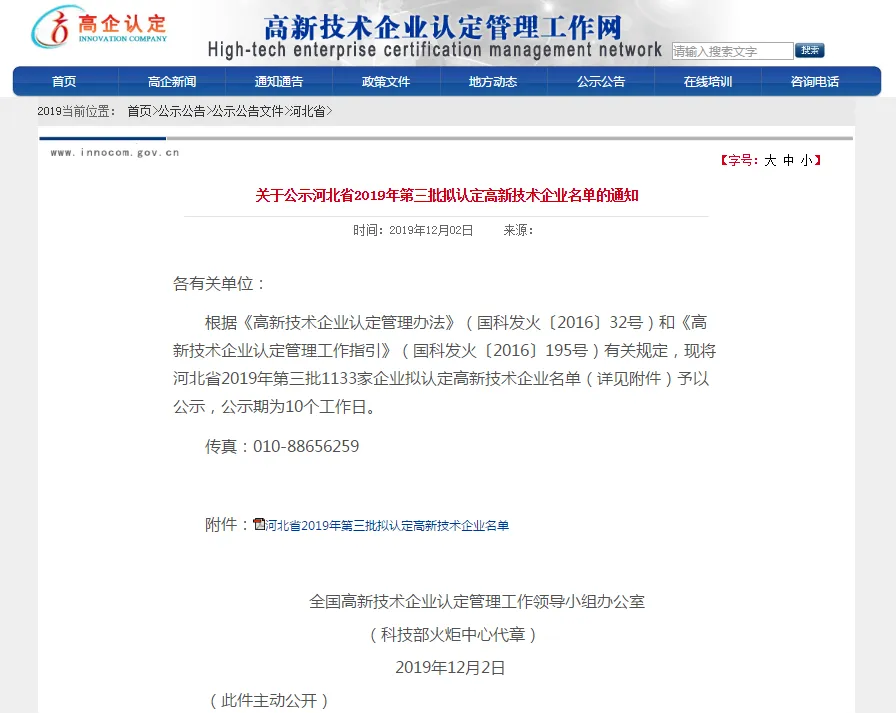The notion of using horse wormer for dogs, particularly in the context of heartworm treatment, has gained traction in certain circles. This trend often stems from the rising costs of veterinary care and the increasing availability of over-the-counter medications that pet owners believe could serve as cost-effective alternatives. However, while some horse deworming medications contain ingredients that target heartworms, using them without veterinary supervision can pose significant health risks to dogs.







